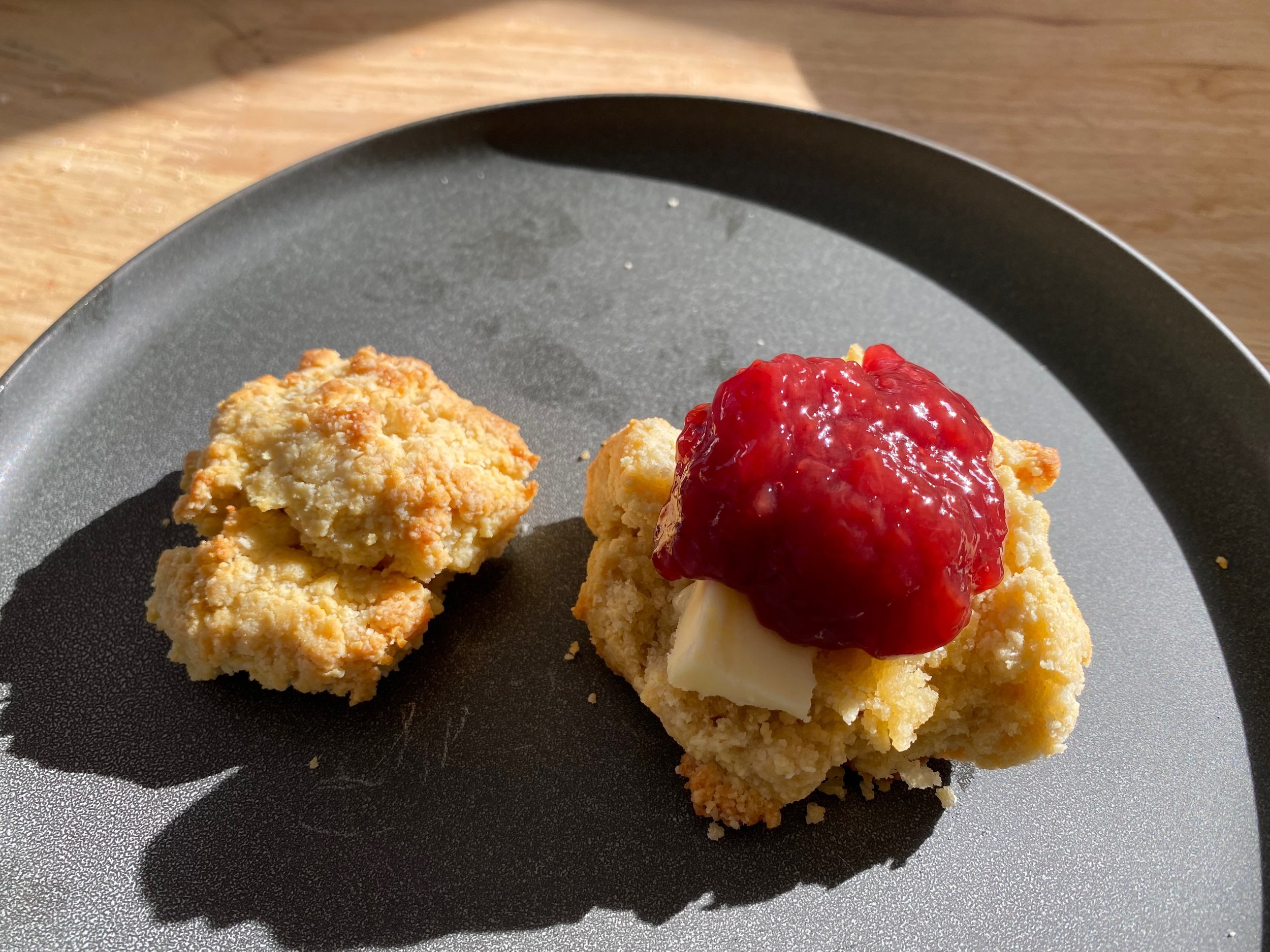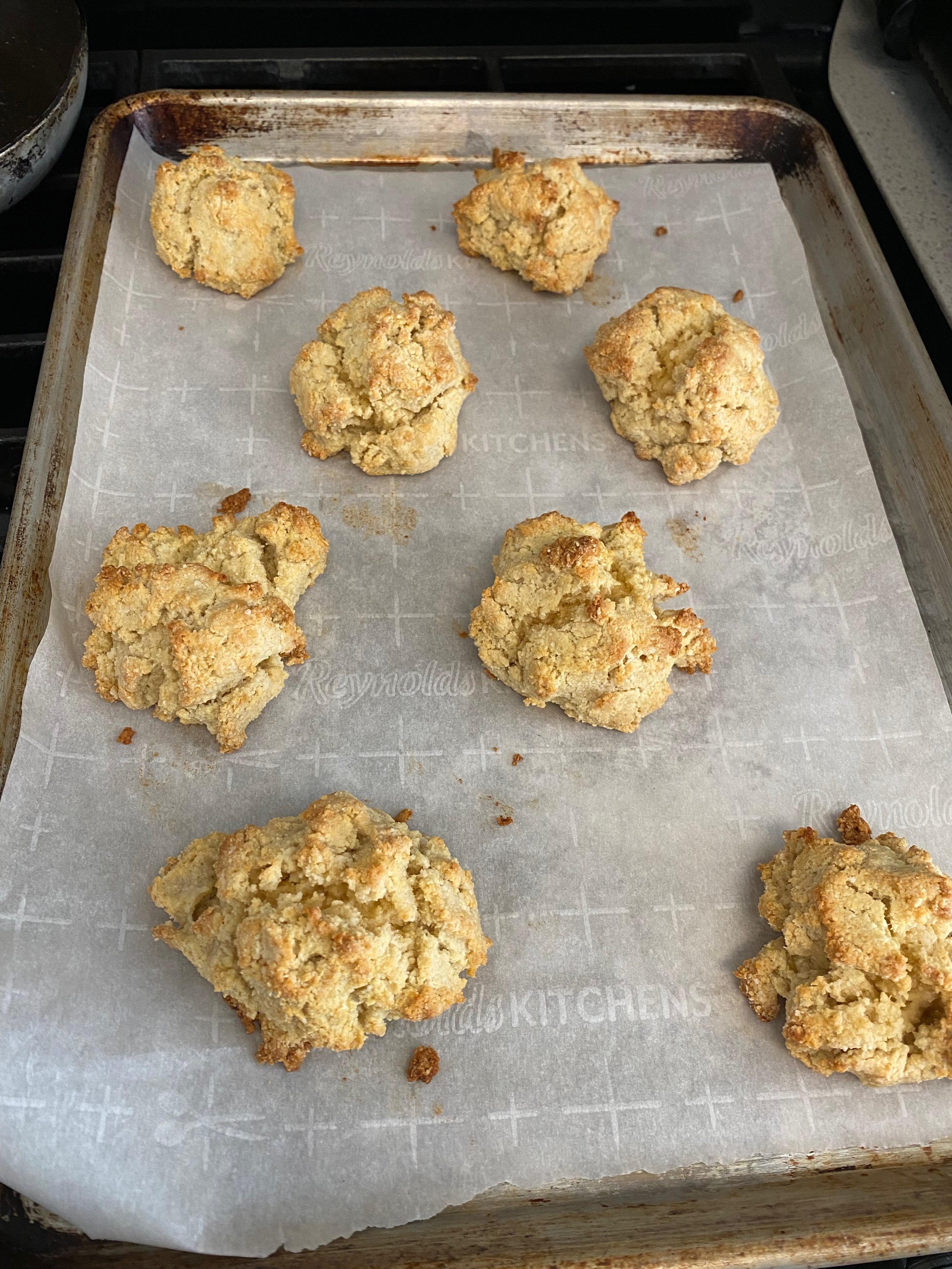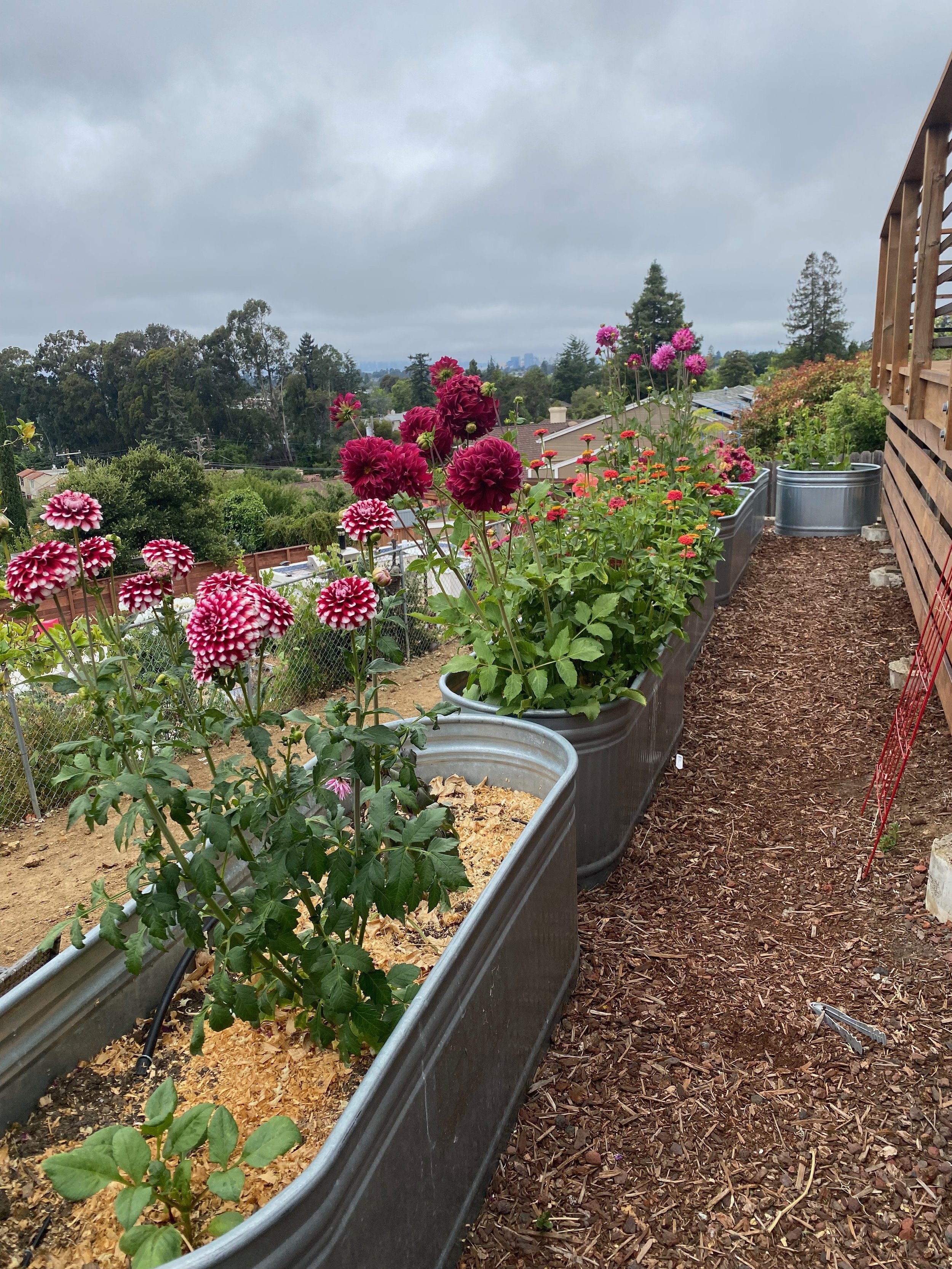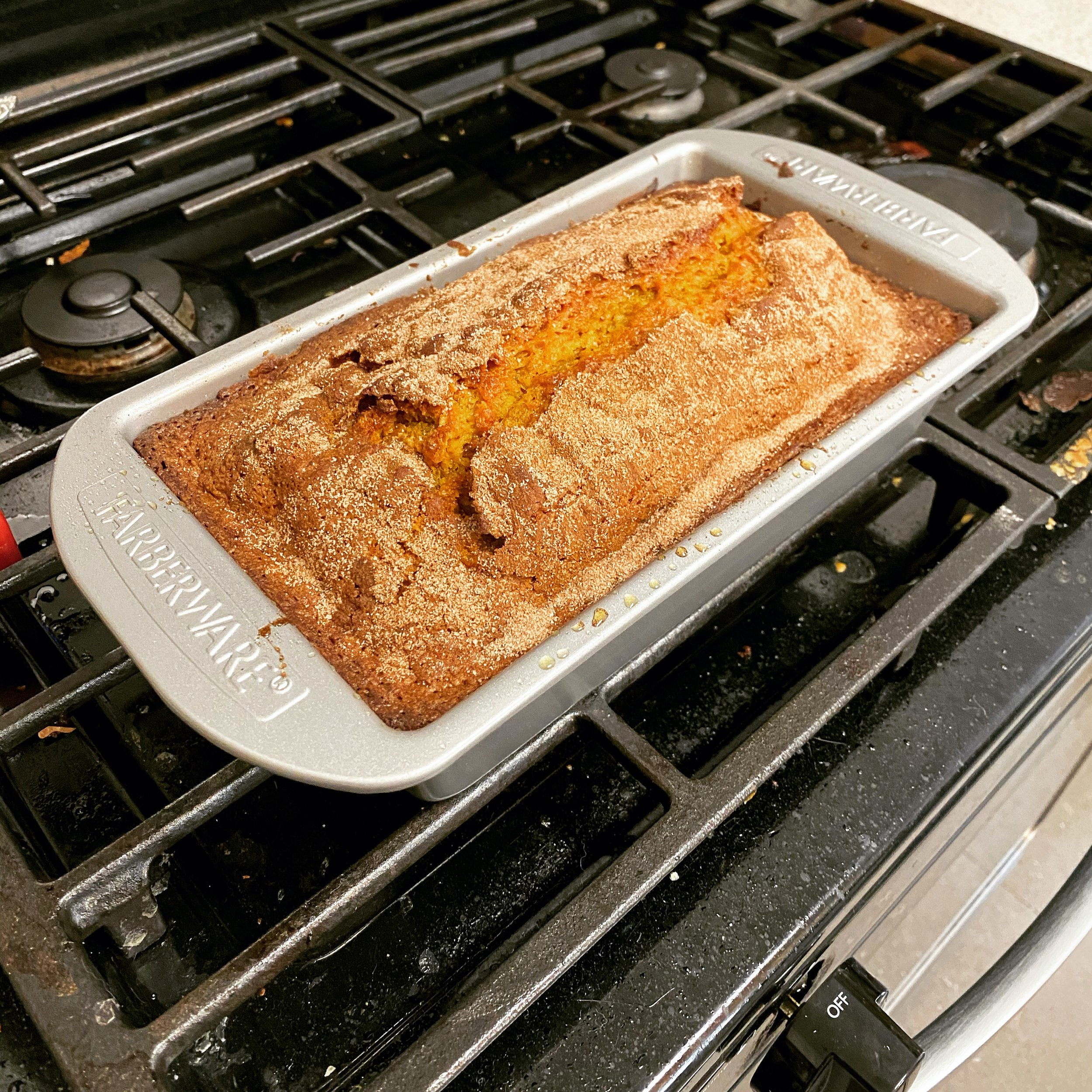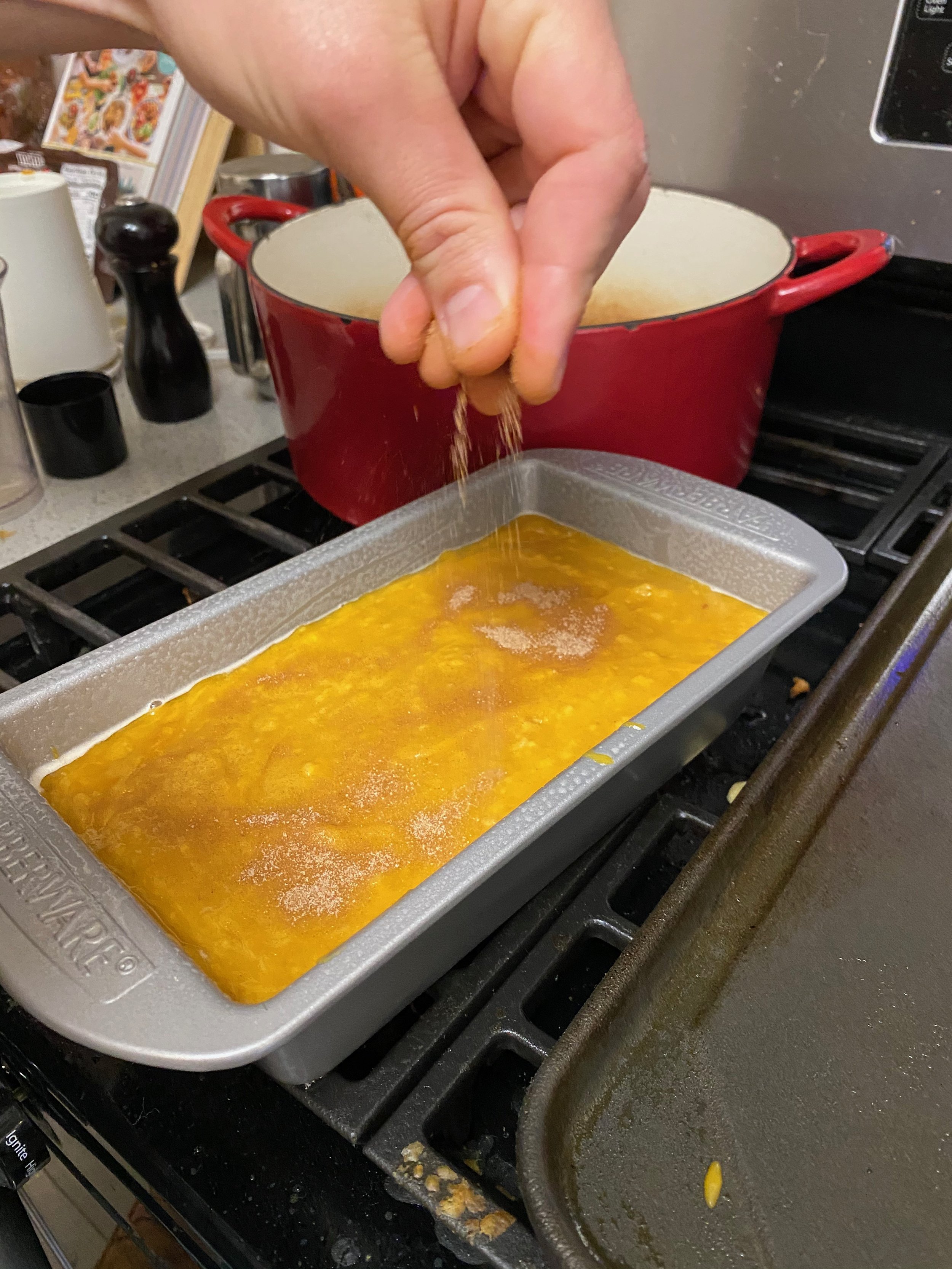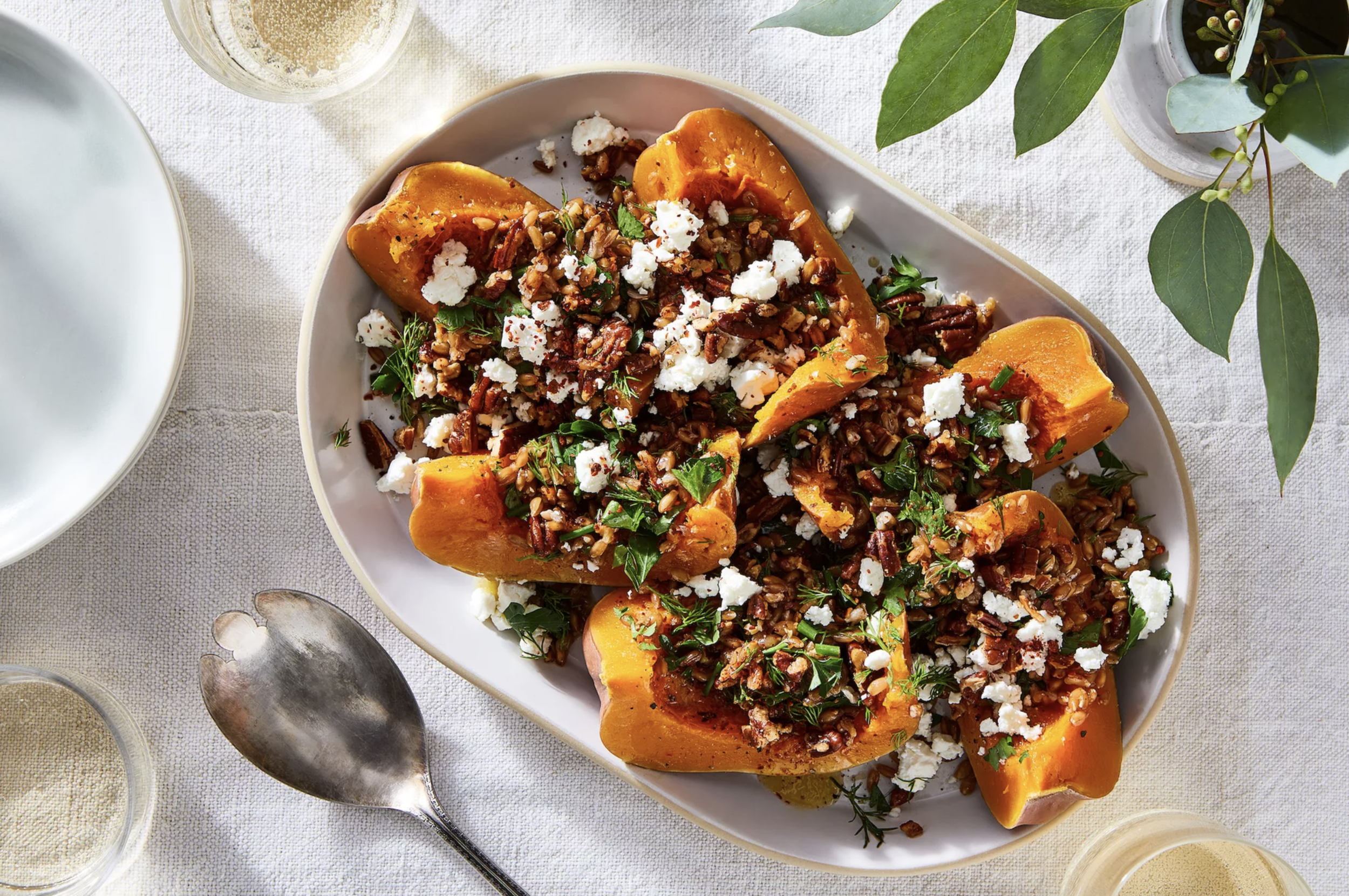From the Kitchen
In our spiritual - and soon our café community - we have a strong commitment to serve foods that are delicious and nutritious, but also meet the various allergy limitations of some members. Of course, one of the most difficult and challenging items on our menu is bread.
Bread is an ancient human food that has significant liturgical significance in Jewish and Christian communities, but it is now a challenging food to offer when so many folks have developed gluten intolerance or are choosing to eat vegan, paleo, or keto.
Amongst clergy colleagues, we’ve had a lot of conversations about how to provide a single loaf that most, if not all, could share together for communion. Here’s my favorite that I regularly bake for our Good Table church community that I found on the blog: An Edible Mosaic.
It’s basically an egg bread made with almond flower, arrowroot, tapioca starch, and flaxseed meal. It is leavened with salt and apple cider vinegar. You can use coconut oil or ghee, almond milk or cow’s milk if you want to make it vegan. While you may not have all these ingredients in your pantry, they are easily sourced in bulk in natural groceries and may even be readily available through some chain stores. But best of all, it is easy and delicious! And unlike many gluten-free breads, it isn’t “crumbly” or dry and holds together well, making it versatile for many uses.
Image courtesy An Edible Mosaic
Best Paleo Sandwich Bread
by An Edible Mosaic
Prep Time: 10 mins.
Cook Time: 40-45 mins
Yield: 1 (8 1/2 x 4 1/2 inch) loaf or 1 8” round, or 4 mini-loaves
Ingredients:
2 cups almond flour
6 tablespoons arrowroot starch
4 tablespoons golden flax seed meal
2 tablespoons tapioca starch
3/4 teaspoon fine salt
3/4 teaspoon baking soda
4 tablespoons ghee or coconut oil, melted and cooled slightly, plus more to grease the baking pan
4 eggs lightly beaten
1/2 cup unsweetened almond milk or cow’s milk
1 1/2 teaspoons apple sider vinegar
Instructions:
1. Preheat oven to 350 degrees, generously grease baking pan
2. Whisk together the almond flour, arrowroot, tapioca starch, flaxseed meal, salt and baking soda in a large bowl
3. Whisk together the slightly cooled ghee or coconut oil, eggs, “milk”, and vinegar in a medium bowl or large measuring cup. (I melt the ghee in the microwave)
4. Add the wet ingredients to the dry ingredients all at once and stir until combined, but do not over-mix (if you stir it too much, it will not rise)
5. Immediately pour batter into the prepared pan and bake until a toothpick inserted in the center comes our clean, about 40-45 minutes (depending on the pan.)
6. Cool on a wire rack before slicing and serving. Freezes well and keeps in the fridge for up to five days.
Enjoy!



